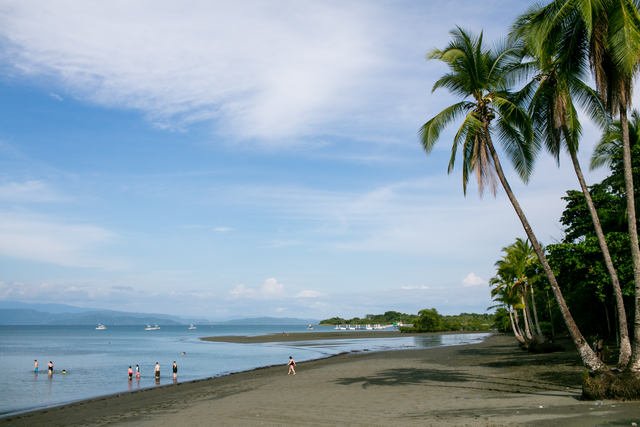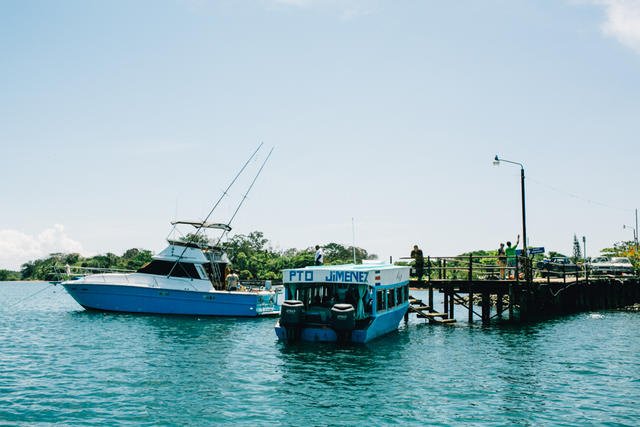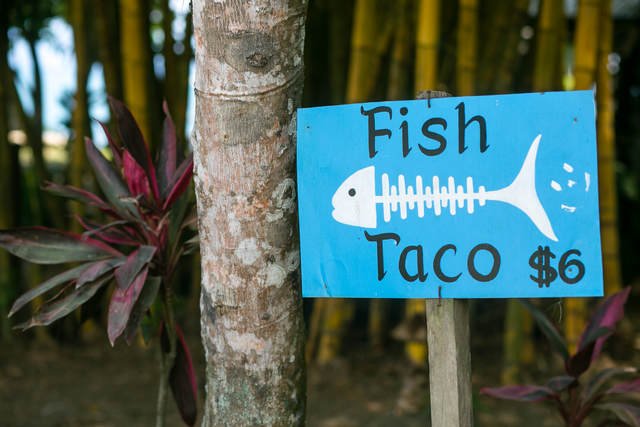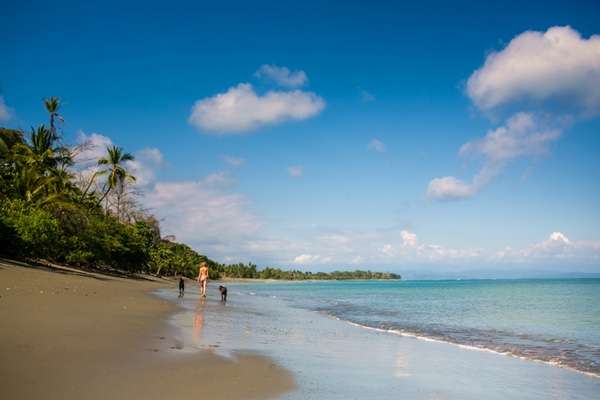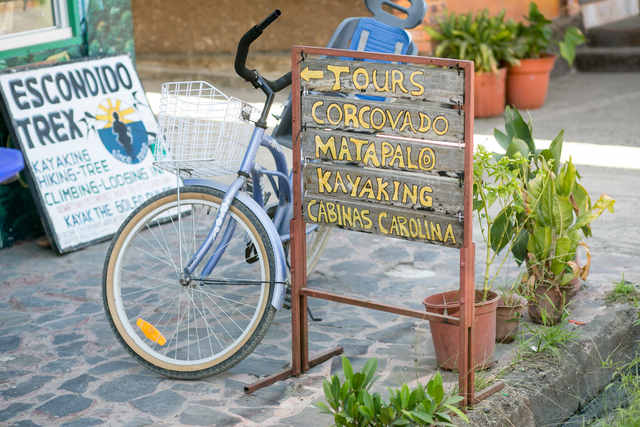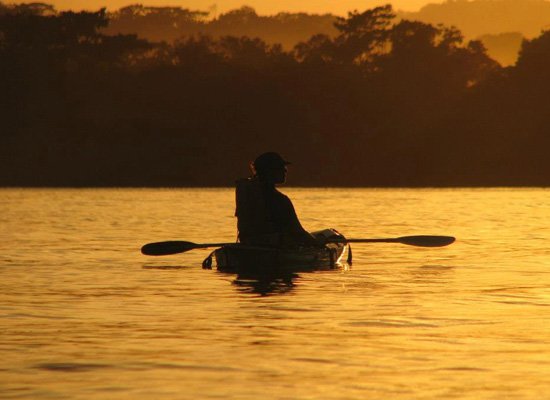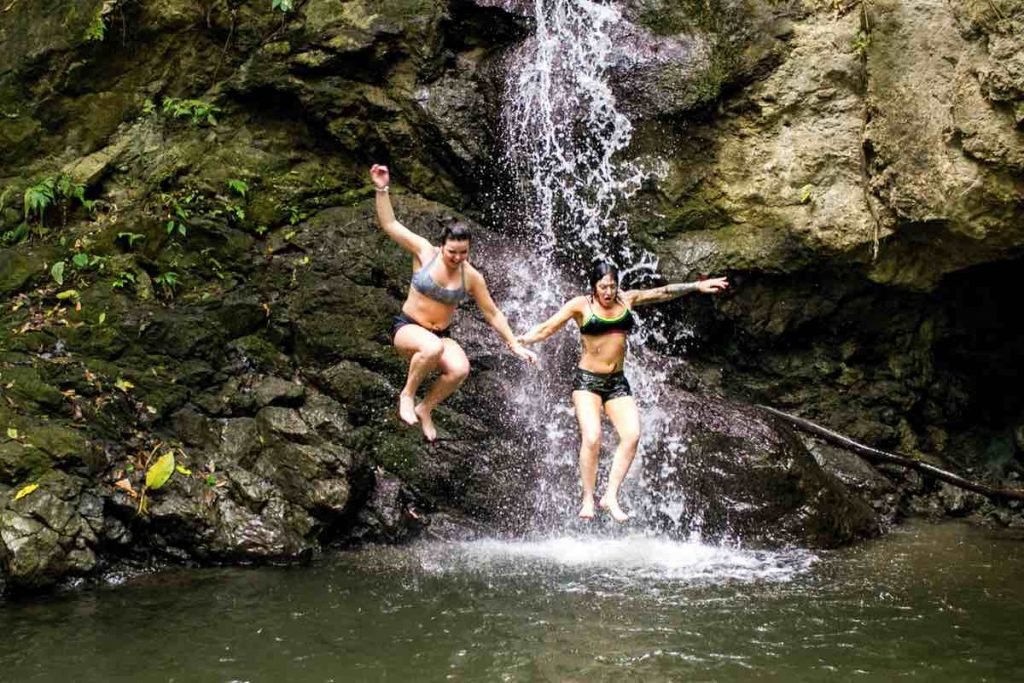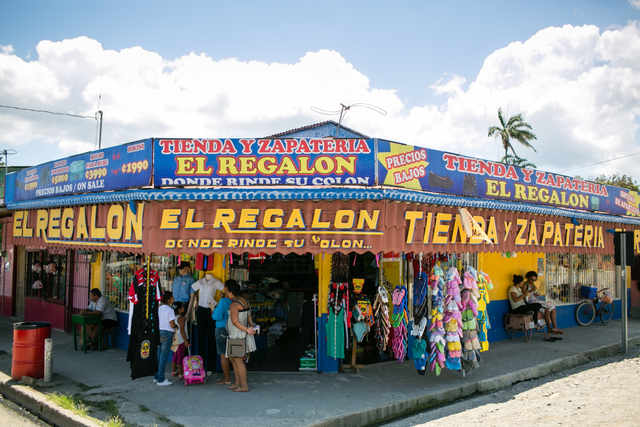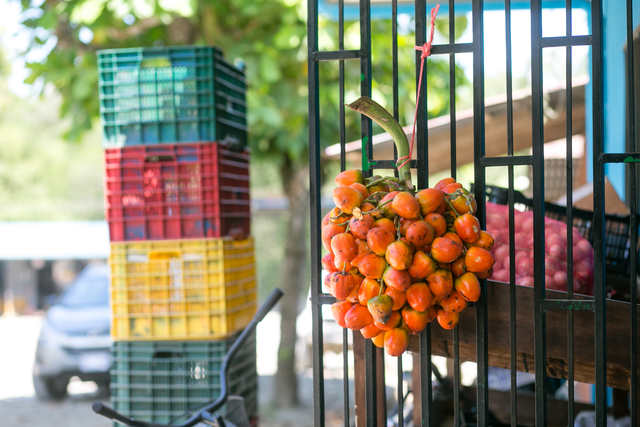Puerto Jiménez On The Osa Peninsula
The Osa Peninsula is home to 2.5% of the world’s biodiversity and Puerto Jiménez, its largest town, is conveniently close to the National Park, Corcovado National Forest, which constitutes much of that biodiversity. Rather than the Pacific, it sits on the gulf-side, its beaches lapping up the warm waters of Gulfo Dulce, or the Sweet Gulf.
With a population of only 2,000, dusty dirt roads and fledgling tourism industry, Puerto Jiménez is an under-appreciated haven for ex-pats, local peninsula dwellers, and a steadily increasing flow of tourists that fly into the lone airport on the peninsula, built less than five years ago, to experience one of the world’s most biologically diverse locations.
The town boasts a lively if unnamed, main street on which you’ll find a supermarket, several clothing stores and shoe stores, a yogurt shop, a bakery, restaurants, an art gallery, and many shops catering to tourists’ outdoor desires.
Puerto Jiménez is the closest town to Blue Osa Yoga Retreat and Spa, the perfect paradise to base yourself for explorations. Here you’ll find yourself in a remote bliss where the jungle meets the ocean. While away days beside the chemical-free pool, pampering yourself with treatments at the eco-spa, practicing yoga on their world-class yoga deck, strolling down their almost deserted beach, or enjoying the cocktail of the day. When you’re ready to leave the grounds, there is an expansive list of activities and excursions to keep you busy. If you’re ready to mingle with civilization again, Puerto Jiménez is only a short ride from Blue Osa.
Surrounded by an abundance of wildlife and wilderness both aquatic and terrestrial, Puerto Jiménez is an adventurer’s paradise. In one weekend alone you can bike the town from North to South, exploring a variety of beaches along the way, kayak through a mangrove, and take a guided tour of the nearby rainforest. The bike ride through Puerto Jiménez to Playa Platanares yields abundant countryside, farms, and a glimpse at a more agricultural way of life. Once there you can enjoy the beachfront restaurant of Iguana Lodge, a resort just outside of Puerto Jiménez, and swim in the ocean on a secluded beach.
Mangrove Kayaking Tour in Puerto Jimenez
Kayaking through the mangrove is another opportunity that Puerto Jiménez offers locals and tourists alike. You can rent a kayak (or use one for free if you’re staying at Cabinas Jiménez) or pay a guide, but either way, you’ll want to begin your trip about two hours before high tide. If you time it right, the tide will pull you into the mangroves and you’ll have time to explore the nature within, even swim in a small pool that fills only at high tide then loop around and have the tide push you back out, right after high tide when the water’s flow switches direction. Don’t try kayaking the mangrove any time other than high tide, because all you’ll find is sand.
Hike Through Corcovado National Park
A guided hike through Corcovado National Forest is well worth an entire weekend if you’ve got it, but clocks in at about $400 per person (all meals, lodging, and transportation included. If you’ve only got one day though, the options are essentially endless. You can swim with dolphins, go diving, ziplining or horseback riding, take a candle-lit crocodile tour, get rich with recreational gold mining, take surfing lessons, rappel a waterfall, or climb an enormous rainforest tree, to name a few. In Puerto Jiménez your imagination is your only real limitation.
Where Should You Stay?
There are many places to stay in in town with prices that range from $15 – $200 plus a night, from the most basic of accommodations to the pricier beachside resorts. On the cheaper end is the Lunas Hostel. A couple blocks off the main street, Lunas offers the basics of any hostel: dorm-style sleeping, community baths and common areas, and a fully-equipped kitchen. But if you’re looking for something a little more sophisticated, like a private room with a view and hotel with a pool for a reasonable nightly rate, then Cabinas Jiménez is your best bet. Centrally located with free bikes and kayaks for the guests, they are a great place to save money on extras you might have to purchase otherwise. On the higher end of the spectrum is Crocodile Bay Resort, which specializes in fishing expeditions and eco-tours. It has an on-site restaurant, 44 acres of lush trails and grounds, a swimming pool with a swim-up bar, and of course, a spa. However, no matter where you stay in Puerto Jiménez you’re close to everything, so it’s simply a matter of economic preference.
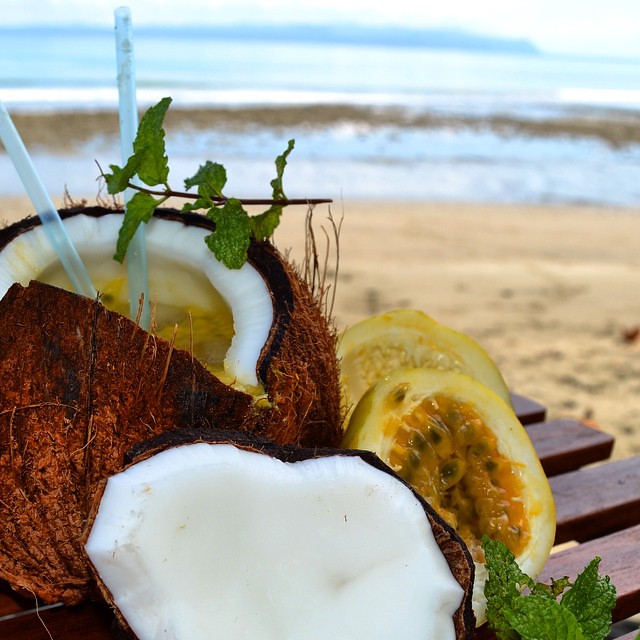
Dinner Time!
When you get hungry there’s a variety of restaurants to choose from depending on your mood, though the locals all rally around a few well-regarded places. Marisqueria is a cozy seafood joint on the one lane road that runs along the gulf. It has a patio with wooden tables and chairs. It’s got a low-key vibe, but the seafood is fresh and delicious. Treat yourself to a couple of ice-cold Imperials as the large sign above the restaurant advises and watch passersby meander along the street in front of you.
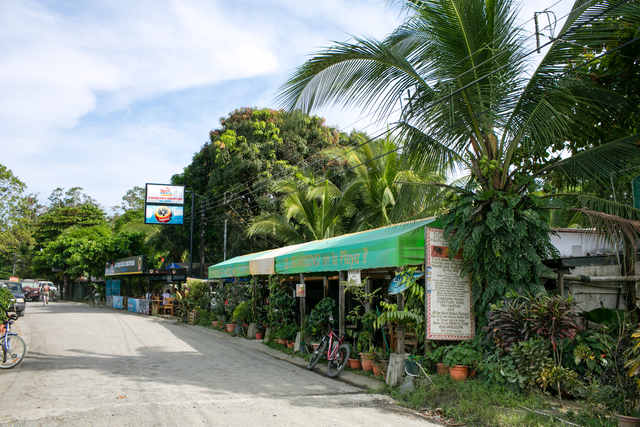
Another great dinner spot if you’re not in the mood for seafood is Pizza Mail.it. The name is a mystery, but the pizza is wood-fired and some of the best you’ll find anywhere (and I’m a New Yorker, so that’s saying something). Their patio is quaint and laid back, and the service is quick. They offer salads and other Italian items as well.
During the day, most of the locals frequent Los Delfines, a beachside bar and restaurant. It’s a great spot to set up shop for a day under the sun. When you’re hungry or thirsty you can cool off in the shade of the patio with a burrito or fish sandwich and a piña colada. The food is decent and relatively cheap and the drinks are cold, which is all you need to enjoy the Gulfo Dulce for the day.
Puerto Jiménez offers a relaxed atmosphere to come back to at the end of a long, adventure-filled day, or one spent on the beach soaking up the sun. It’s not trying to be anything but what it is: a laid back little town in the center of one of the world’s most biologically diverse areas.
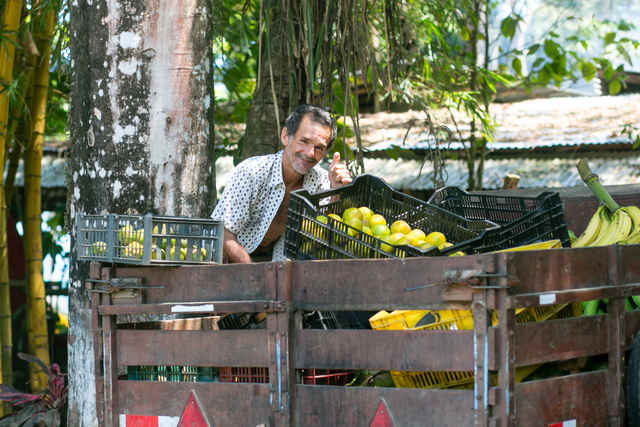
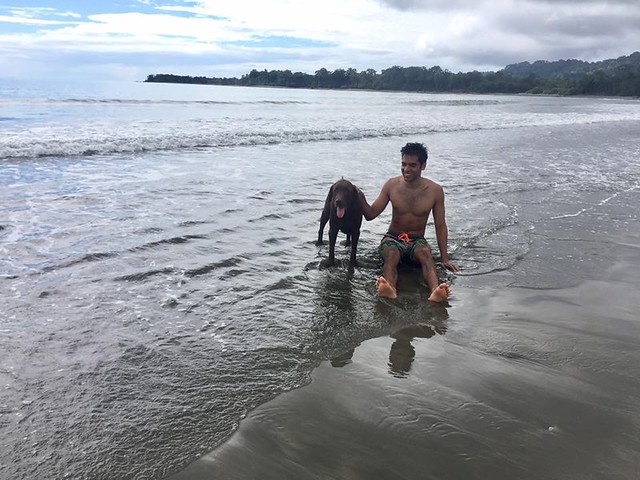
About The Author
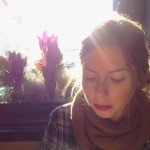
ABBY RONNER is a photographer and writer living in Brooklyn. She is a contributing writer for Narratively and VICE’s The Creators Project and her photography has been exhibited in group shows and juried exhibitions in NYC and DC. She has a hound dog named Daisy and spends her days knee-deep in folklore as a Gallery Director at City Lore in NYC. You can see more of her work on her website at abbyronner.com.
Photo via Christopher Haag
All photos credited to the talented Maria Hillier.


